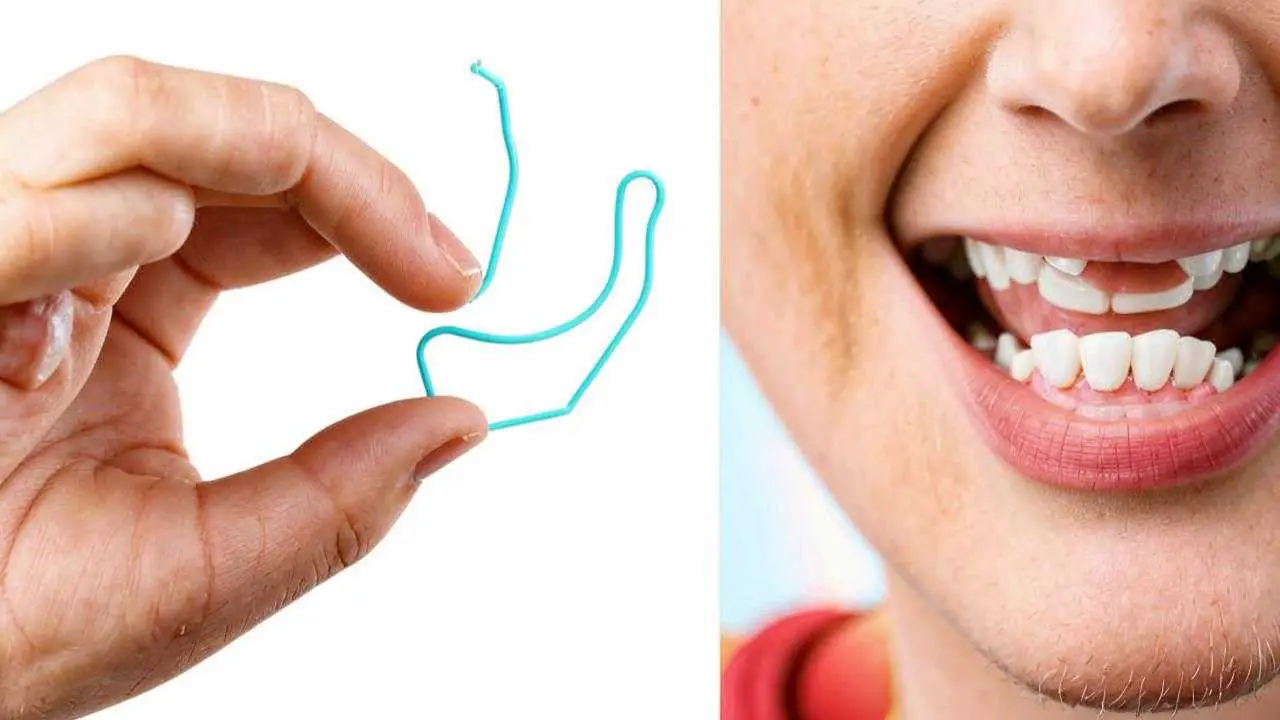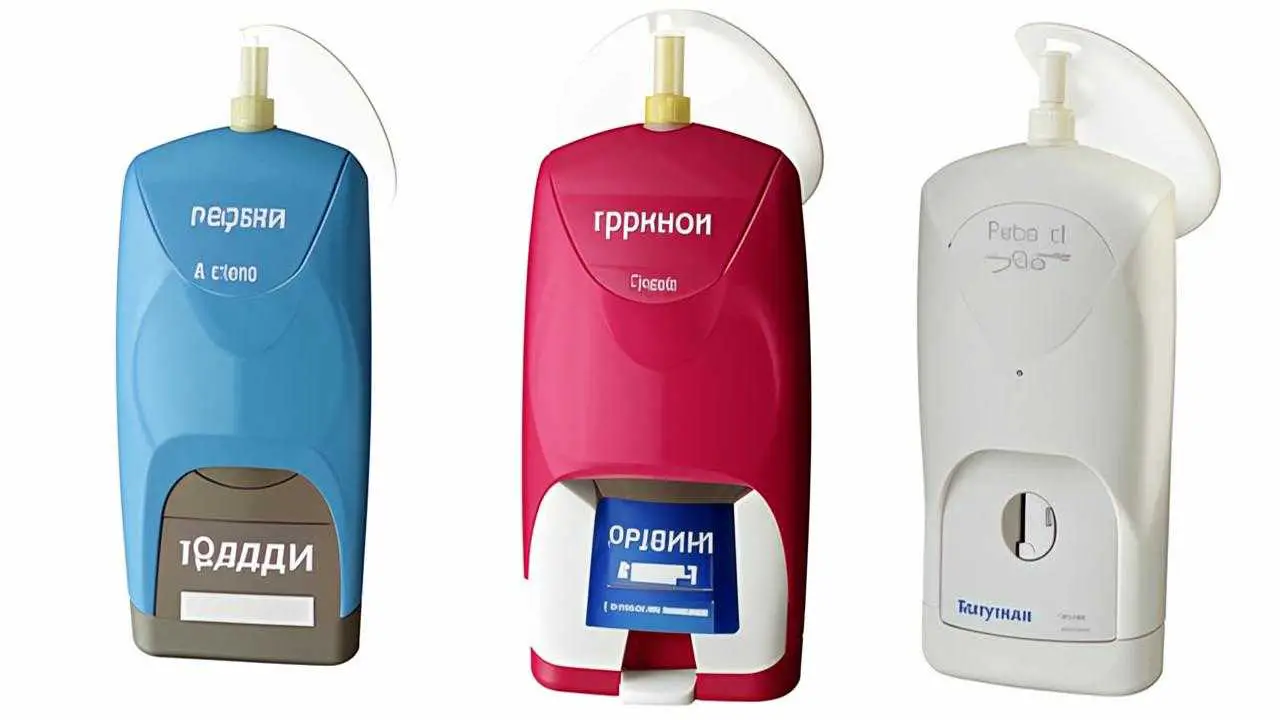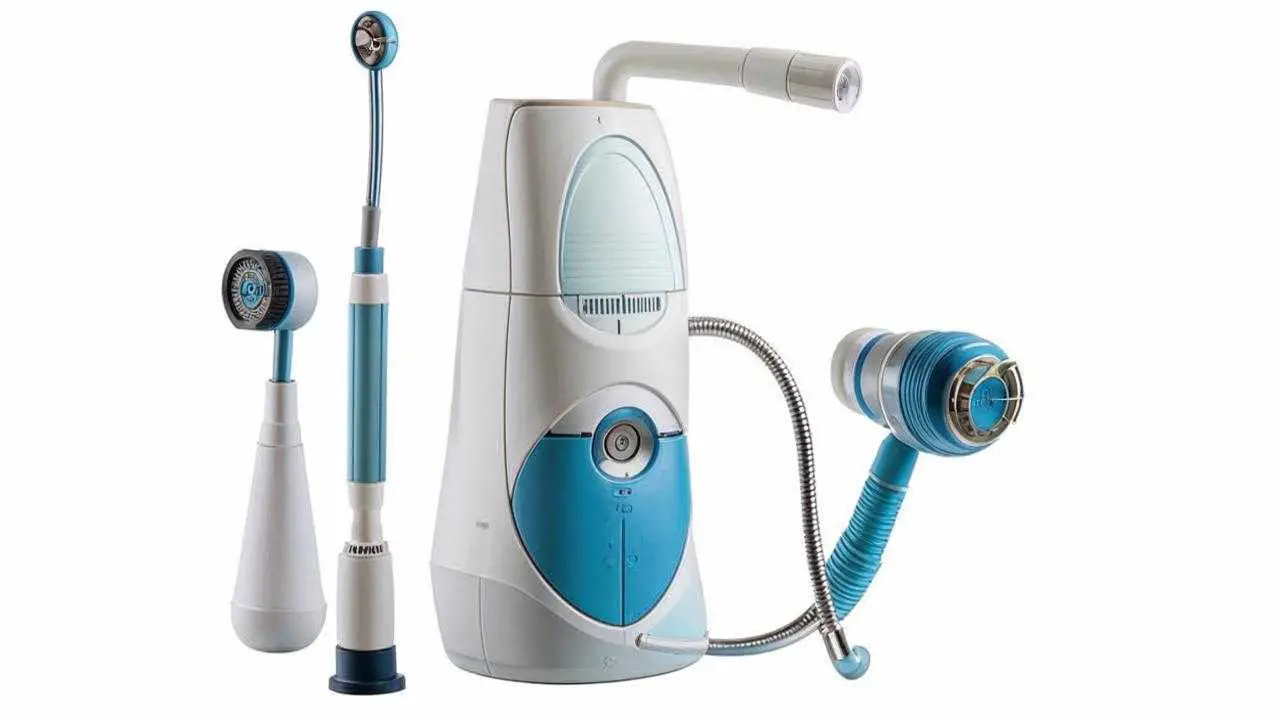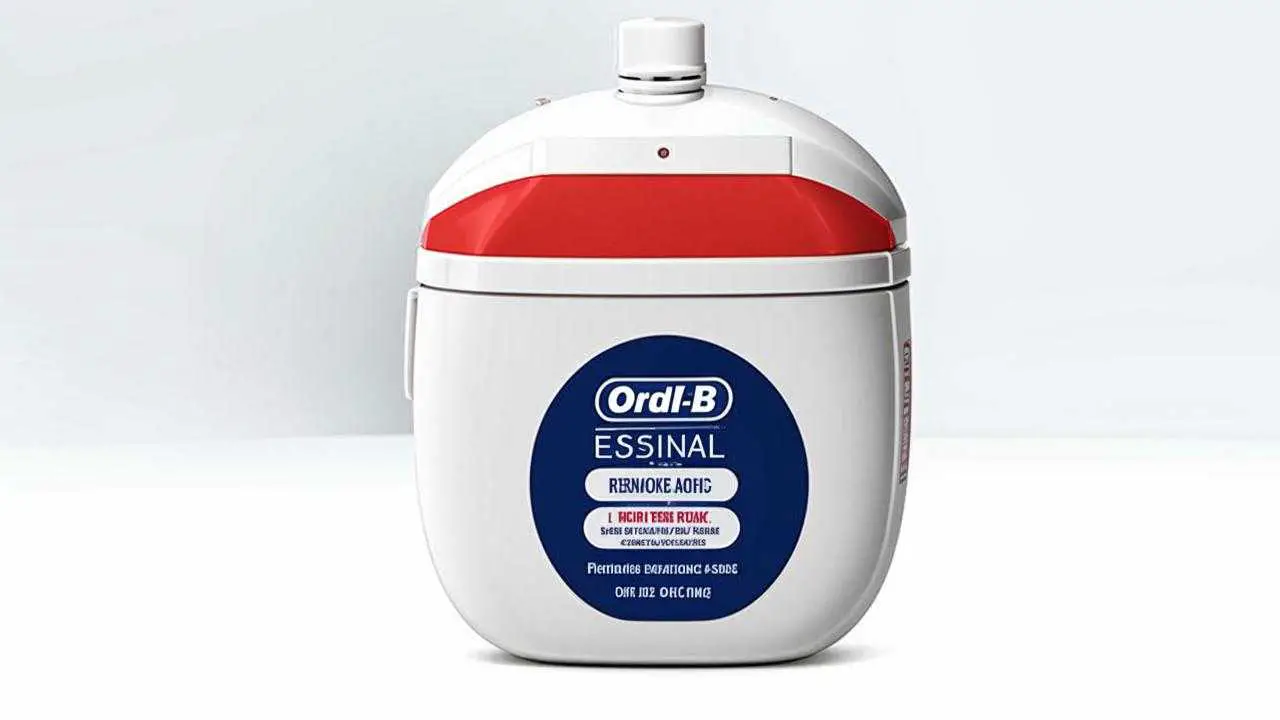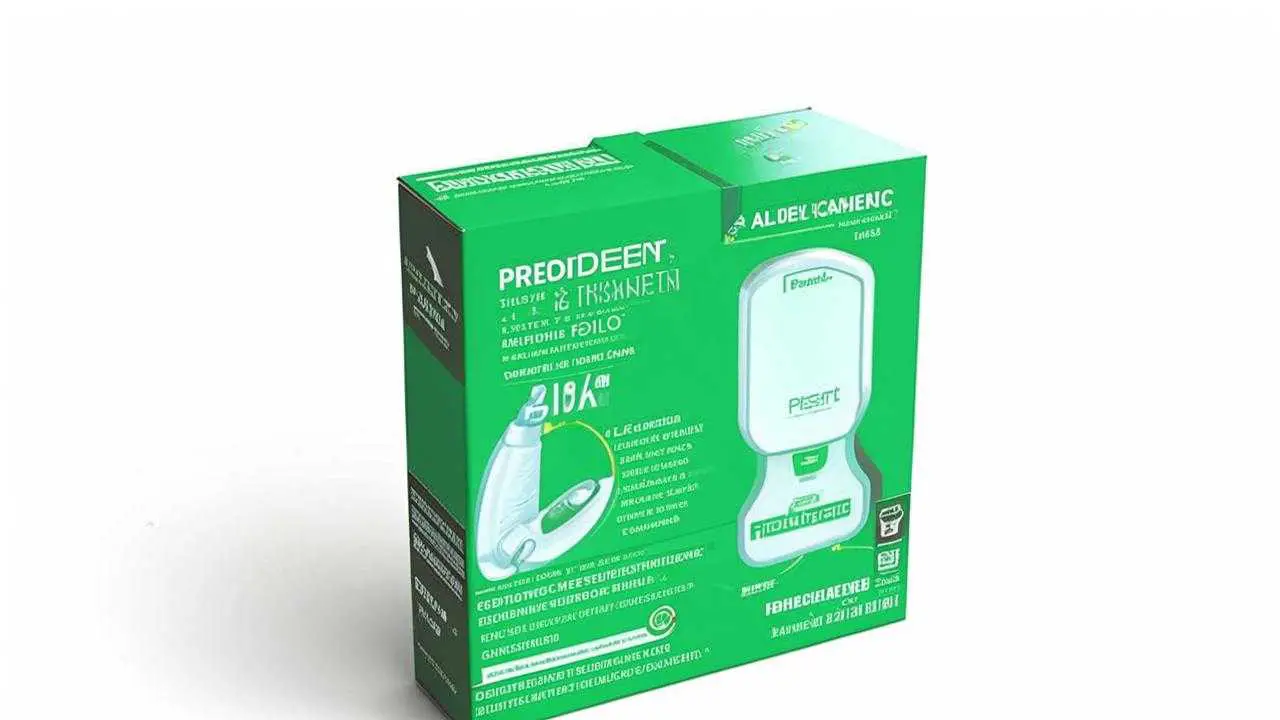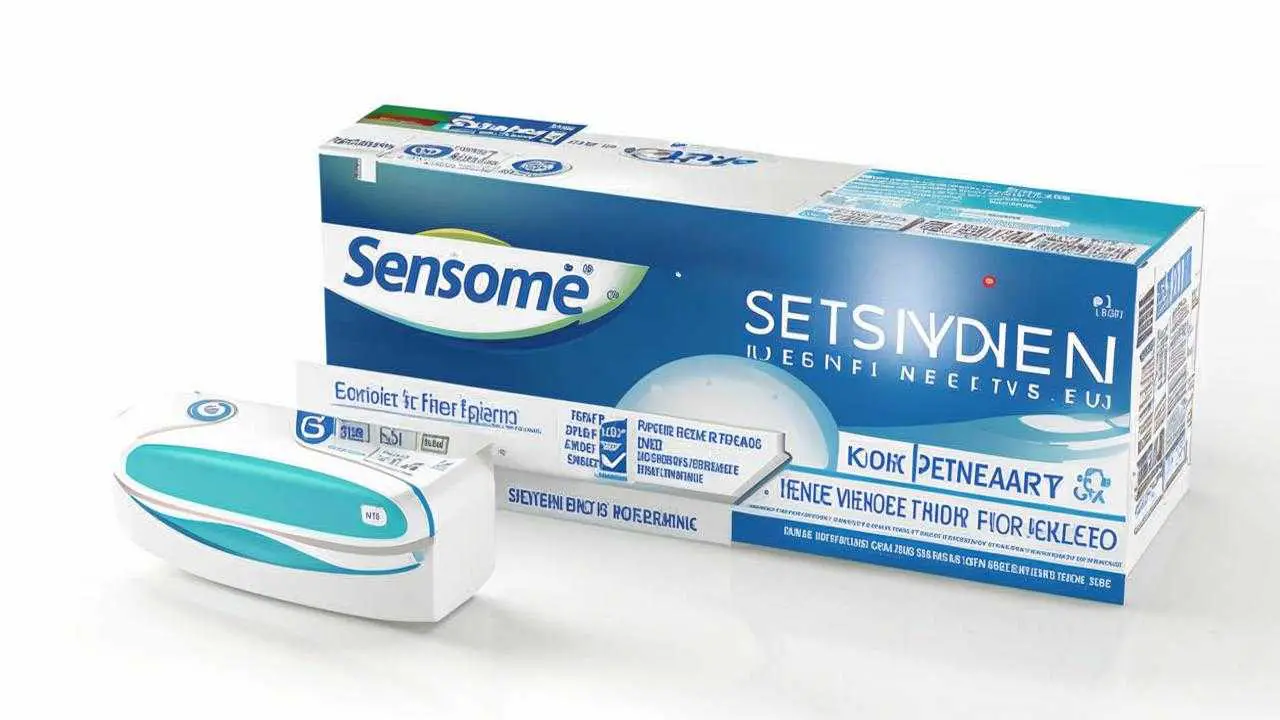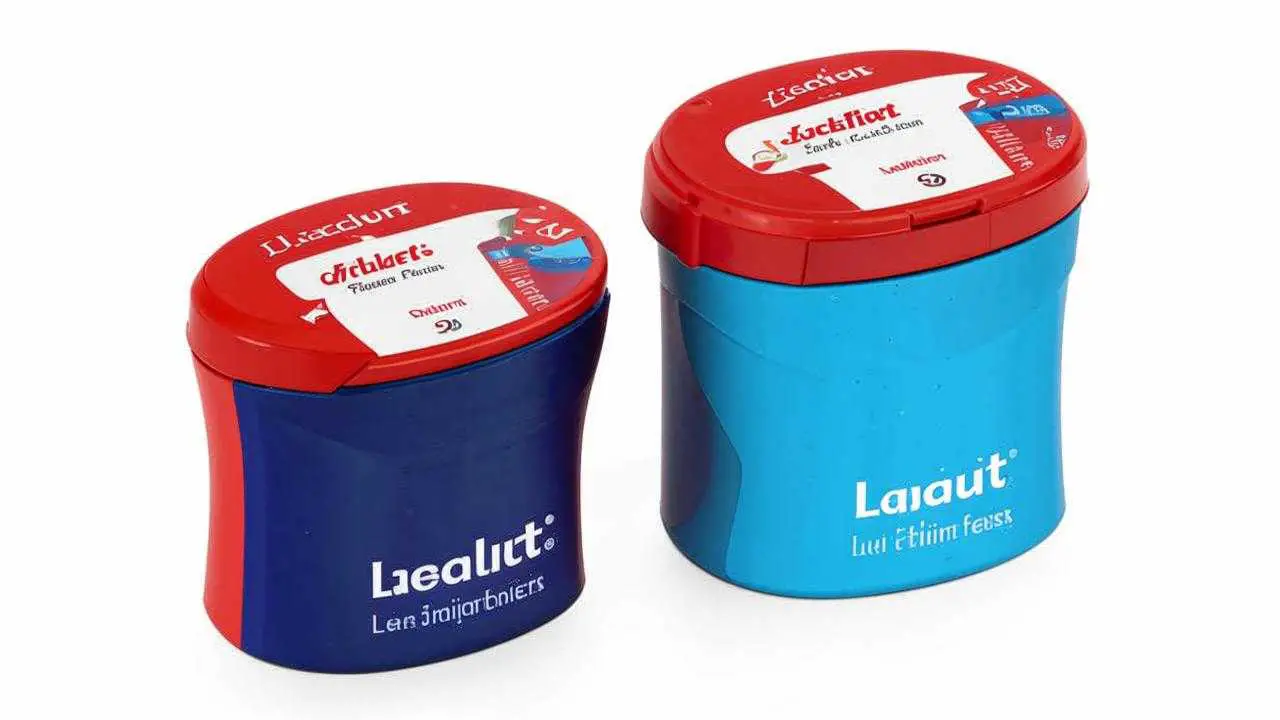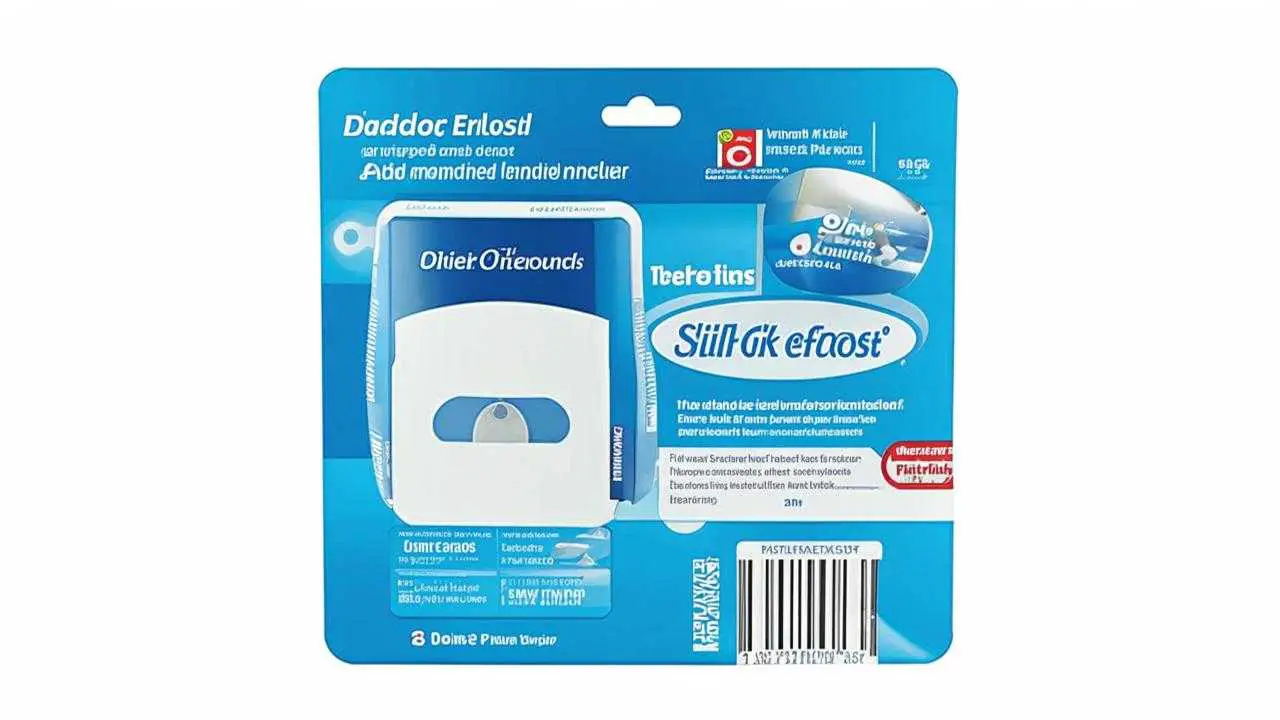فرشاة الأسنان ومعجون الأسنان ليسا كافيين لنظافة الفم بشكل جيد. تحتوي الأسنان على 5 أسطح، وتنظف الفرشاة بشكل فعال 3 أسطح - الأمامية واللغوية والمضغية. يجب تنظيف السطحين الآخرين (منطقة الرقبة والفراغات بين الأسنان) من البلاك وبقايا الطعام، بمساعدة وسائل صحية إضافية - خيط تنظيف الأسنان (خيط تنظيف الأسنان) أو فرشاة ما بين الأسنان. وإذا كانت فعالية فرشاة الأسنان مشكوك فيها في حالة المساحات الكثيفة بين الأسنان، فإن فائدة خيط الأسنان المختار بشكل صحيح واضحة. لكن الكثير من الناس لا يعرفون حتى كيفية تنظيف الأسنان بالخيط بشكل صحيح.
ما هو خيط تنظيف الأسنان
خيط تنظيف الأسنان عبارة عن خيط تنظيف خاص مصنوع من الحرير أو ألياف البوليمر، لتنظيف الفراغات بين القواطع والأنياب والضواحك والأضراس بجودة عالية. يساعد على استخراج جزيئات الطعام على غرار عود الأسنان، ولكنه أكثر أماناً وفعالية. يتيح التركيب الليفي لخيط تنظيف الأسنان الفرصة لإزالة الرواسب من مينا الأسنان بلطف ورفق وعدم السماح للبكتيريا بالتكاثر وتدمير الأنسجة الصلبة. يتم وضع الخيط بين الأسنان، حيث يتم تنظيف أحد الأسنان أولاً ثم الجانب الآخر من صف الأسنان. من المهم معرفة كيفية تنظيف الأسنان بالخيط بشكل صحيح، وإلا ستحصل على تأثير عكسي بدلاً من الفوائد.
متى تنظف أسنانك بالخيط
هناك توصيات مختلفة حول كيفية تنظيف الأسنان بالخيط. يعتقد بعض الخبراء أن استخدامه قبل تنظيف الأسنان بالفرشاة أكثر فعالية، بينما يعتقد البعض الآخر أن الخيط أكثر فعالية بعد تنظيف الأسنان بالفرشاة باستخدام معجون الأسنان. لا يوجد إثبات علمي عام أو دراسات سريرية حول هذه المسألة. المهم هو الاستخدام المنتظم لخيط تنظيف الأسنان.
المؤشرات المباشرة لاستخدام خيوط تنظيف الأسنان هي:
- ازدحام الأسنان;
- وضع الحشوات التقريبية;
- أمراض اللثة;
- وجود أي تركيبات تقويم أسنان ثابتة (تقويم الأسنان)، أو تركيبات تقويمية (تيجان، أسنان).
للحفاظ على صحة الأسنان واللثة، يجب إجراء التنظيف الصحي مرتين يومياً صباحاً ومساءً للحفاظ على صحة الأسنان واللثة. استخدام خيط تنظيف الأسنان هو جزء من نظافة الفم. تنهي هذه الأداة المهمة حيث لا يمكنك الوصول إليها بالفرشاة. يتم عرض خيط تنظيف الأسنان للجميع، دون قيود على العمر، وخصائص بنية الجهاز السنّي السنّي الأسناني. تحتاج إلى خيط تنظيف الأسنان للحليب والأسنان الدائمة والأسنان الاصطناعية (التيجان وأطقم الأسنان الاصطناعية).
مزايا خيط تنظيف الأسنان
- الوقاية من التسوس على السطح الملامس للمينا;
- الوقاية من التهاب اللثة;
- التخلص من الرائحة الكريهة الناتجة عن البلاك وجزيئات الطعام بين الأسنان;
- تقوية مينا الأسنان (استخدام خيوط الأسنان المفلورة).
موانع الاستعمال
يُمنع استخدام خيط الأسنان في أمراض اللثة (التهاب اللثة، أمراض اللثة)، والعدوى الحادة في الفم. يتمثل أحد القيود في عدم تحمل المواد والمكونات التي تُصنع منها الخيوط. هناك عقبة أخرى هي الحشوات غير الكافية ذات الجودة غير الكافية. في مثل هذه الحالات، من الضروري الاتصال بطبيب الأسنان لاستبدال الترميم.
كيفية الاستخدام: التعليمات
لاستخدام خيط تنظيف الأسنان بشكل أكثر فعالية، من الضروري معرفة تقنية التنظيف الصحيحة:
- يُسحب جزء من الخيط بطول 45-60 سم. هذا الطول كافٍ لتثبيت موثوق للخيط على الأصابع. أيضًا، يتم التعامل مع كل وحدة أسنان بجزء جديد، لذلك من الأنسب أن تأخذ في البداية خيطًا أطول.
- تُلف أطراف الخيط على السبابة أو الوسطى من اليدين. قم ببعض اللفات، مع ترك جزء ممدود بطول 3 سم تقريباً بين الإبهامين. سيتم استخدام هذا الجزء لتنظيف أسطح التلامس.
- أدخل الخيط برفق في الفراغ بين الأسنان. بعد بضع حركات تدريجية خفيفة، يتم لف الخيط أسفل الحافة اللثوية مباشرةً. قم بتحريكه برفق لأعلى ولأسفل بين الأسطح الملامسة، حول السن، مع التغلغل قليلاً تحت المنطقة الهامشية. لا تفرك أو تسحب الخيط، حتى لا تتلف الغشاء المخاطي والأنسجة اللثوية.
- بالنسبة لجميع الأسنان المجاورة كرر نفس الإجراء. يبدأ التنظيف من صف الأسنان العلوي، ثم تنظيف الأسنان السفلية. انتقل من القواطع المركزية إلى الأطراف، في اتجاه واحد وفي الاتجاه الآخر. لتطوير العادة، من الضروري تنظيف الأجزاء على نفس المبدأ في كل مرة.
- بالانتقال إلى السن التالية، قم بتحريك الخيط باستخدام جزء جديد ونظيف. للقيام بذلك، قم بتحريك الأصابع عن طريق إعادة لف الجزء المستخدم.
- بعد التنظيف، اشطف الفم بالماء الدافئ أو بمنتج خاص. سيؤدي ذلك إلى التخلص من جزيئات الطعام وبقايا البلاك وتوفير نفس منعش.
لا تقم بحركات قطع أو لف الخيط بعمق تحت اللثة، لتجنب إلحاق الضرر بالمرفق اللثوي. عند القيام بذلك بشكل صحيح، لن تشعر بأي إزعاج أو ألم. بعد معالجة صف الأسنان، يتم التخلص من الخيط المستخدم. سيؤدي الاستخدام المتكرر إلى انتشار مسببات الأمراض في تجويف الفم والالتهابات وغيرها من المشاكل.
في الأيام القليلة الأولى بعد استخدام الخيط، قد تنزف اللثة قليلاً. مع التنظيف المنتظم، يتوقف النزيف من تلقاء نفسه. ولكن إذا كشفت النظافة باستمرار عن نزيف اللثة، فمن الضروري الذهاب إلى طبيب الأسنان للفحص والتشخيص.
كيفية تنظيف الأسنان بالخيط مع تقويم الأسنان
بالنسبة لتقويم الأسنان هناك خيط فائق برؤوس صلبة، لا ينظف الأسطح الملامسة للمينا فحسب، بل ينظف أيضًا عناصر المعدات التصحيحية. يتم تمريرها بسهولة فوق المناطق فوق/أسفل القوس، حول الأقفال. يتم إدخال الخيط فوق القوس في الفراغ بين الأسنان. عندما يتخذ الخيط الموضع الصحيح، يتم إجراء حركات ناعمة لأعلى ولأسفل لتنظيف أسطح المينا. يتم تنظيف جميع الأسطح الأخرى المجاورة لوحدات الأسنان بالطريقة نفسها. يتم استخدام خيط التنظيف بعد التنظيف باستخدام فرشاة، معول فرشاة. يتم استخدام أداة خاصة لتقويم الأسنان لتسهيل تمرير الخيط فوق السلك.
الأنواع
الخيوط الحديثة مصنوعة من الحرير أو ألياف البوليمر (كابرون، نايلون، تفلون، أسيتات). بيع خيط الخيط في أشرطة خاصة (من 10 إلى 100 متر)، مما يوفر تخزينًا صحيًا ومريحًا في لف الطول المطلوب، وذلك بفضل حافة القطع تحت الغطاء.
كما يقدم المصنعون أيضًا خيوطًا على الحامل (خيط تنظيف الأسنان، آلة تنظيف الأسنان). يبيعونها في عدة وحدات في عبوة. يختار بعض الأشخاص استخدام خيط تنظيف الأسنان، لأن استخدامه يزيل التلامس بين اليدين والغشاء المخاطي للفم، ويسهل العناية بالأضراس الثامنة (ضرس العقل).
ما هي الاختلافات بين خيط الأسنان
هناك أنواع مختلفة من خيط تنظيف الأسنان المعروضة للبيع. مشمع ، غير مشمع ، مشبع بالفضة ، المنثول ، مستخلصات عشبية ، وهو ما يشار إليه على العبوة. تتميز خيوط الأسنان بالمقطع العرضي والسماكة والمادة والمعالجة.
وفقًا لشكل المقطع العرضي
- مستدير - يوصى به للفجوات الكبيرة بين الأسنان;
- خيط تنظيف الأسنان المسطح - يزيل الترسبات النوعية في حالة الأسنان المزدحمة ونقاط التلامس الضيقة;
- الشريط - للشقوق والانبساط.
معالجة السطح
- مشمّع - معالج بطبقة رقيقة من خيط تنظيف الأسنان الشمعي ينزلق بسهولة في الفراغ بين الأسنان، آمن، مناسب لأمراض اللثة، لا ينفصل عن اللثة، يبسّط العناية;
- غير مشمّع - ينفصل إلى ألياف أثناء الاستخدام، ويتكيف السطح الكاشط بشكل أفضل مع التنظيف.
الفرق بين خيط التنظيف الشمعي وغير الشمعي هو أن الأول يتغلغل بين الأسنان بسهولة أكبر، والثاني ينظف السطح بشكل أفضل.
حسب المادة
- خيط تنظيف الأسنان المصنوع من النايلون - متين وقوي وجيد في تنظيف الأسطح الملامسة، مما يجعله من أكثر الخيوط شعبية;
- خيوط الحرير - تتميز بقوة شد ميكانيكية منخفضة، لذلك يقل إنتاجها أكثر فأكثر;
- كابرون - موثوقة وقوية ولكنها أقل بلاستيكاً من طرازات النايلون;
- الأسيتات - مرنة، ناعمة، تشبه في خصائصها خيوط الحرير;
- التفلون - لديه أقل معامل احتكاك، ويتعامل بسرعة مع رواسب الأسنان، وهو الأغلى ثمناً من بين جميع النظائر.
توفر جميع أنواع خيوط تنظيف الأسنان تأثيراً مماثلاً. والاستخدام المنهجي والسليم لخيط تنظيف الأسنان هو أهم علامة تجارية أو موديل أو سعر.
كيفية الاختيار
هناك عدة معايير رئيسية يمكن من خلالها اختيار خيط تنظيف الأسنان. الأول هو الحجم. كلما كانت المساحة بين الأسنان أوسع، كلما كان قطر خيط الأسنان أكبر. الأمر الثاني الذي يجب الانتباه إليه هو المادة، وبشكل أدق المعالجة السطحية. من الأفضل للمبتدئين اختيار خيط مشمع، حيث أنه لا يتفكك ويدخل دون عائق إلى المساحة بين الأسنان ويسهل العناية. لكن الخيط بدون شمع أفضل في إزالة الرواسب من الأماكن التي يصعب الوصول إليها. يجب على الأشخاص الذين لديهم تقويم أسنان وأطقم أسنان اختيار نماذج خاصة (خيوط فائقة)، والتي تتكيف تمامًا مع كل من التنظيف بين الأسنان والعناية بعناصر تقويم الأسنان أو تقويم الأسنان.
يهتم العديد من المرضى بما يمكن أن يحل محل خيط تنظيف الأسنان. البديل الجيد هو خيط تنظيف الأسنان، فهو سهل الاستخدام، ولا تحتاج إلى تتبع طول الخيط، فمن الأسهل العناية بالأسنان الخارجية في الصف. يتكيف الري بشكل أفضل مع تنظيف ثلم اللثة، والجيوب المرضية، ويقوم بالتدليك المائي للثة بشكل أفضل، ولكن من الناحية النوعية لا يستطيع الخيط تنظيف الفراغات بين الأسنان.
ماذا تفعل إذا علق خيط التنظيف
إذا علق خيط التنظيف بين الأسنان، فأنت بحاجة إلى تحديد السبب. يحدث هذا إذا تم تحديد الحجم بشكل غير صحيح، في حالة وجود تشققات أو رقائق على سطح التلامس للمينا أو تسوس في هذه المنطقة. سبب آخر - الجير بين الأسنان، الذي يتشبث به خيط التنظيف ويمزق، ونتيجة لذلك - عالق.
لسحب الخيط العالق يجب:
- اشطف فمك بقوة بالماء;
- شطف الفراغ بين الأسنان باستخدام جهاز الري;
- استخدم خيطًا جديدًا لإزالة القطعة التي بها مشكلة;
- استخدام الملقط.
إذا لم تساعد هذه الطرق، يجب استشارة الطبيب. لا تستخدم الإبر وأعواد الأسنان وخيوط الصيد وأسنان الشوكة وغيرها من الأشياء الحادة. فقد يسبب ذلك إصابة خطيرة. سيقوم طبيب الأسنان باستخراج القطعة العالقة بسرعة ودون مشاكل باستخدام أدوات خاصة.
تصنيف العلامات التجارية الشهيرة
ماركة أورال-بي
- خيط الساتان
- مضاد للبكتيريا
- الدفاع
- خيط التنظيف الفائق
- خط عيادة برو-إكسبيرت كلينك
- خيط التنظيف الأساسي
ماركة كولجيت
- مجموع كولجيت
- كولجيت أوبتيك وايت كولجيت
العلامة التجارية بريزيدنت
- بريسيدنت إكسترا فلوس.
- متعدد التفاعلات
سنسوداين ماركة سنسوداين
ماركة لاكالوت
دونفل براند

